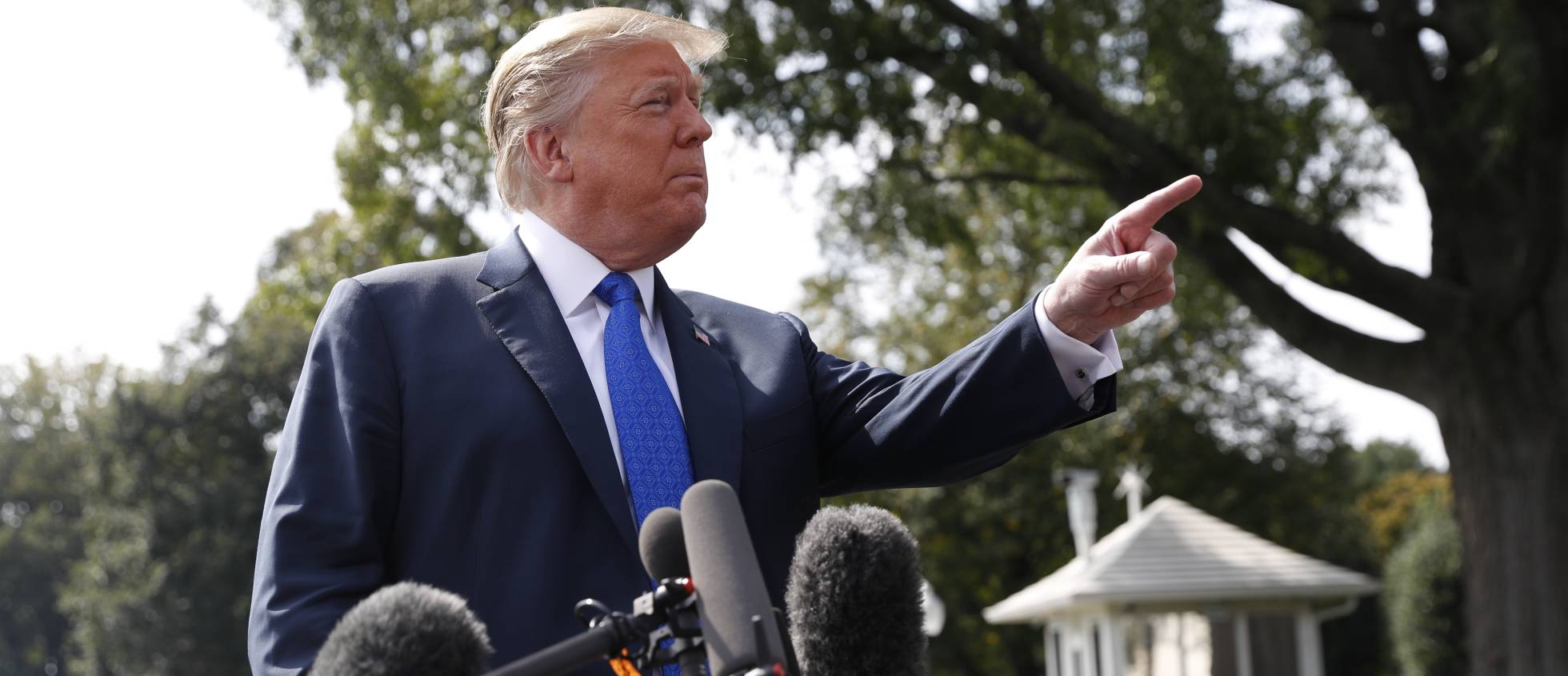
The trade agreement with Canada and Mexico would have been achieved without the threat of tariffs, but the president is preparing his definitive trade offensive against China.
The trade agreement among the United States, Canada and Mexico (formerly NAFTA, now USMCA) is undoubtedly a relative success of Donald Trump’s negotiating policy. Whatever the assessment of its real economic content, the fact is that the combined strategy of pressure and blackmail – articulated with increases in tariffs – has paved the way for closing a pact in which almost all the apparent advantages fall on Washington’s side. In addition, the political relevance of the agreement is indisputable: the midterm elections, which take place on Nov. 6, are just around the corner, and in addition, Trump’s euphoria gives him enough inertia to continue threatening China and Europe with more protectionist measures.
Trump has managed to open up the Canadian dairy market, and he has increased the percentage of American automobile components the three countries must use in the assembly of cars in order to merit the tariff exemption. The treaty imposes a minimum wage of $16 per hour for those who work on cars and trucks. In practice, this point pressures Mexico to generate a salary increase that will increase production costs. In itself, the wage increase – if it occurs – should be welcomed as a collateral benefit, because Trump’s motives have been strictly protectionist.
This is the part of the agreement that Trump will sell to Washington. In return, it will silence concerns about concessions made in agriculture, timber and sugar. But there is one point in the agreement that Trump has been unable to modify, and this has annoyed him. Canada has demanded and succeeded in maintaining a special arbitration process, different from the courts of each country, to decide on disputes in compliance with the agreement. The U.S. administration is reluctant, if not hostile, to submit to independent rulings or external arbitration. In its premodern conception of trade, these undermine the standing of the country.
It would be a mistake to interpret the renewal of the agreement as a relaxation of Trumpian protectionism; the opposite is the case. The partial triumph of his demands reaffirms his policy of threatening first, then imposing tariffs, then negotiating after a process of intimidation. “Without tariffs, we would not have this agreement,”* he explained in a summary of his negotiating strategy. It is likely that the achievements of the United States came as a result of a process of conventional negotiation; but Trump maintains the threats in preparation for the confrontation with China. Even with the agreement, he has maintained the tariffs on steel and aluminum from Canada and Mexico. An unusual and punitive practice.
* Editor’s note: The original quotation, accurately translated, could not be verified.

Leave a Reply
You must be logged in to post a comment.